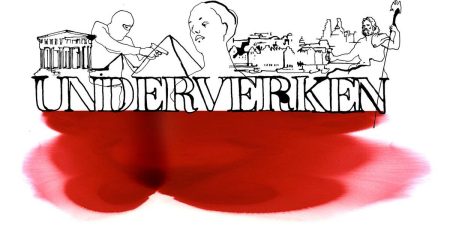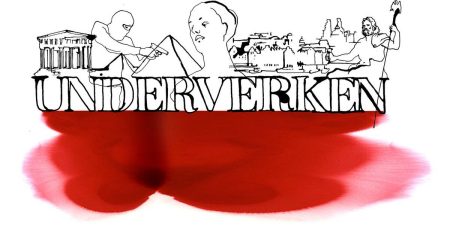The Swedish publishing house, founded in 1998, found itself facing a dire financial situation, publicly declaring its insolvency and the potential halting of its spring publications on Facebook. This announcement triggered an outpouring of support from loyal readers who rallied to purchase books, offering a glimmer of hope for the struggling publisher. While this response provided a much-needed reprieve, the long-term viability of the publishing house remains uncertain, highlighting the precarious existence of small publishers in Sweden, heavily reliant on literary grants and facing increasing challenges in a competitive market.
The core issue lies in the nature of the literary grants provided by the Swedish Arts Council (Kulturrådet), which operate on a reimbursement basis. This system creates a significant financial gap for small publishers who invest in the publication process upfront, hoping to recoup costs later through grant approvals. This inherently fragile model leaves publishers vulnerable to cash flow problems, particularly when grant applications are rejected. The publisher in question experienced a string of rejections in a short period, exacerbating their financial strain and putting their future in jeopardy. This highlights a systemic issue where the timing of grant disbursements doesn’t align with the immediate financial needs of small publishers, creating a precarious cycle of dependence and vulnerability.
The reliance on government funding through the Swedish Arts Council underlines a broader discussion about the role of public support in sustaining cultural enterprises, especially in the literary landscape. While intended to foster diversity and provide opportunities for smaller players, the current grant structure presents inherent challenges. The delays between project investment and reimbursement create a constant financial tightrope walk for small publishing houses. This precarious situation forces them to constantly seek funding, diverting resources from their core mission of publishing quality literature. While the Kulturrådet’s intentions are laudable, the practical implementation of its funding mechanisms needs review to ensure that the intended beneficiaries, the small publishers, are not inadvertently harmed by the very system designed to support them.
The near-crisis of this publishing house mirrors a larger trend within the publishing industry, particularly affecting smaller, independent entities. The digital revolution, changing reading habits, and rising production costs have created a challenging environment for publishers of all sizes, but the impact is disproportionately felt by those with limited resources. Small publishers often occupy niche markets, focusing on specific genres or authors who might not attract the attention of larger, commercially driven houses. They play a vital role in promoting literary diversity and nurturing emerging talent, but their survival is increasingly threatened by market pressures. The recent events underscore the need for a broader conversation about sustainable models for supporting these essential contributors to the literary ecosystem.
This situation also raises important questions about the long-term health of the literature industry. While large publishing houses often focus on established authors and commercially viable projects, small publishers are crucial for fostering new talent and publishing works that might not otherwise see the light of day. They serve as incubators for literary innovation and contribute significantly to the diversity of voices and perspectives available to readers. If these smaller players are unable to survive due to systemic funding issues, the literary landscape risks becoming homogenized, potentially stifling creativity and limiting the range of works available to the public.
The response of the readers to the publisher’s plight demonstrates the strong connection between readers and independent publishers. This connection underlines the value that readers place on the unique offerings of these small houses. The outpouring of support not only provided immediate financial relief but also highlighted the importance of these publishers within the broader literary community. It reinforces the idea that small publishers are not simply businesses; they are cultural institutions playing a vital role in sustaining a vibrant and diverse literary ecosystem. Going forward, it will be crucial to find more sustainable solutions that ensure their continued contribution to the literary world, safeguarding a space for diverse voices and enriching the literary landscape for all.














